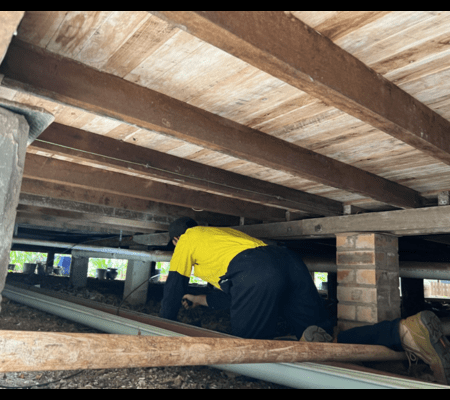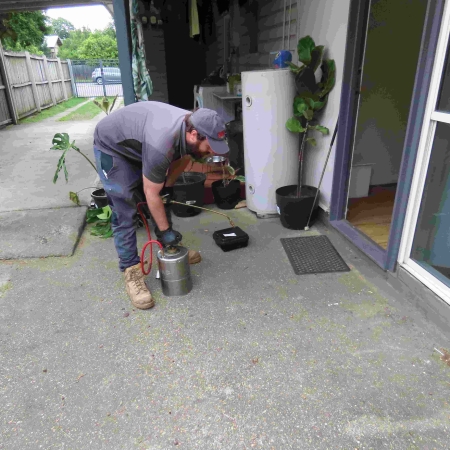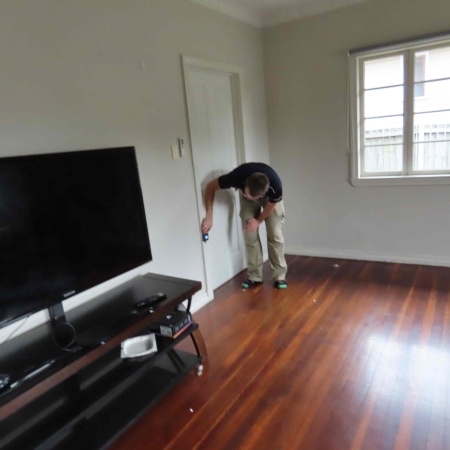Effective Integrated Pest Management for Businesses: Involve Your Staff
The only thing your business should warmly welcome are your customers, not pests. Whilst it’s highly likely that you already have an Integrated Pest Management (IPM) program in place, the question is if your employees are familiar with the most common pests lurking in your commercial space.
Do your staff know the tell-tale signs of rats and mice? What about those of cockroaches?
When it comes to defending your business against pests, your employees are the front-liners. It’s important that they know your IPM program by heart so they can help detect and report pest issues. This, in turn, will enable you to resolve any arising issues quickly.
Why this matters, you might ask? Apart from being downright nuisances, pests can threaten the health of your customers, especially if it’s an infestation we’re talking about. E.coli, Salmonella, Staphylococcus, Shigella, Bacillus and Clostridium are just a few of disease-causing pathogens pests such as flies, rodents and cockroaches transmit.
What’s more, pests and poor pest control practices can cost your business annual audit points. A poor score can damage not only your reputation, but also your bottom line.
Avoid the risks pest pose and involve your staff on the front end. Follow the simple steps below and you’ll be on the right track in training them.
1. Be Proactive
Establishing daily sanitation routines is essential. A few practices to enforce include the following:
• Sweep and mop on a regular basis. Be careful not to leave out the space underneath machines, tables and beds.
• Wipe down equipment regularly.
• Wipe off countertops and sweep floors especially where food is present.
• Line and cover all trash cans securely. Dispose of trash every day and ensure garbage bins and dumpsters are cleaned regularly.
• Clean spills around the sinks of bathrooms and break rooms. Pests such as mice and cockroaches only need a minimal amount of water to survive for multiple days.
2. Always Inspect
Closely monitor every square foot of your commercial space. Ensure the following pest hot spots are regularly checked by your staff:
• Hidden, protected places such as wall voids (through access panels) and under appliances
• Food preparation and dining areas
• Staff locker rooms
• Storage areas and closets
• Laundry areas
• Loading areas where shipments come in and go out
3. See Something? Say Something.
Early and proper communication is a vital part of an IPM plan. Create a pest-sighting protocol that clearly defines the steps to be taken if a pest is spotted. This ought to include whom to report it to. Ensure every staff member understands and can implement the protocol as well.
To give your pest manager the best chance to come up with a customised solution to resolve the issue, your employees will need to record when, where and how many were seen at the time. What’s better is if you can catch one of the pests for later identification. Just remember to keep it in a container.
It’s paramount to be on the forefront when it comes to preparing for a pest problem. Properly and continuously educate your staff on pests and pest prevention practices. This will enable you to maintain a clean and healthy space not only for you and your employees, but also and especially for your customers.
Got a pest infestation? Call Bob Gunn Termite Solutions in Brisbane today. We offer FREE quotes for all our services.








